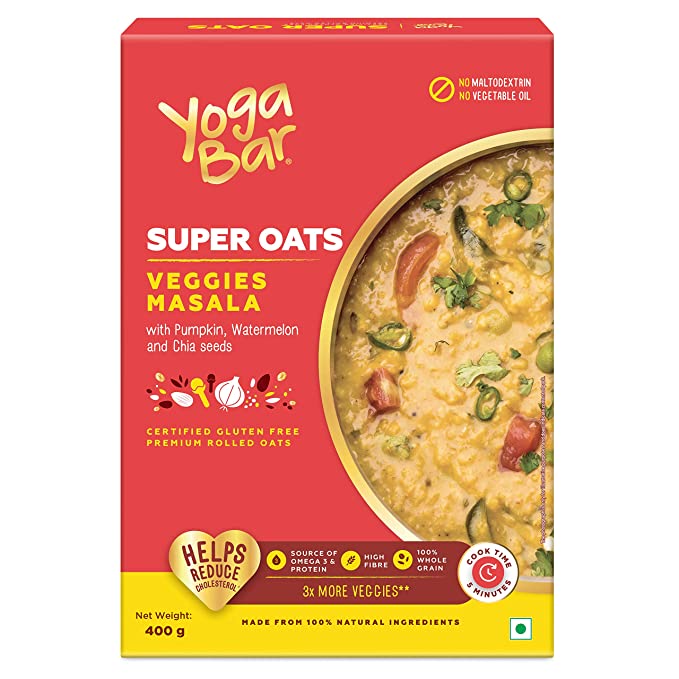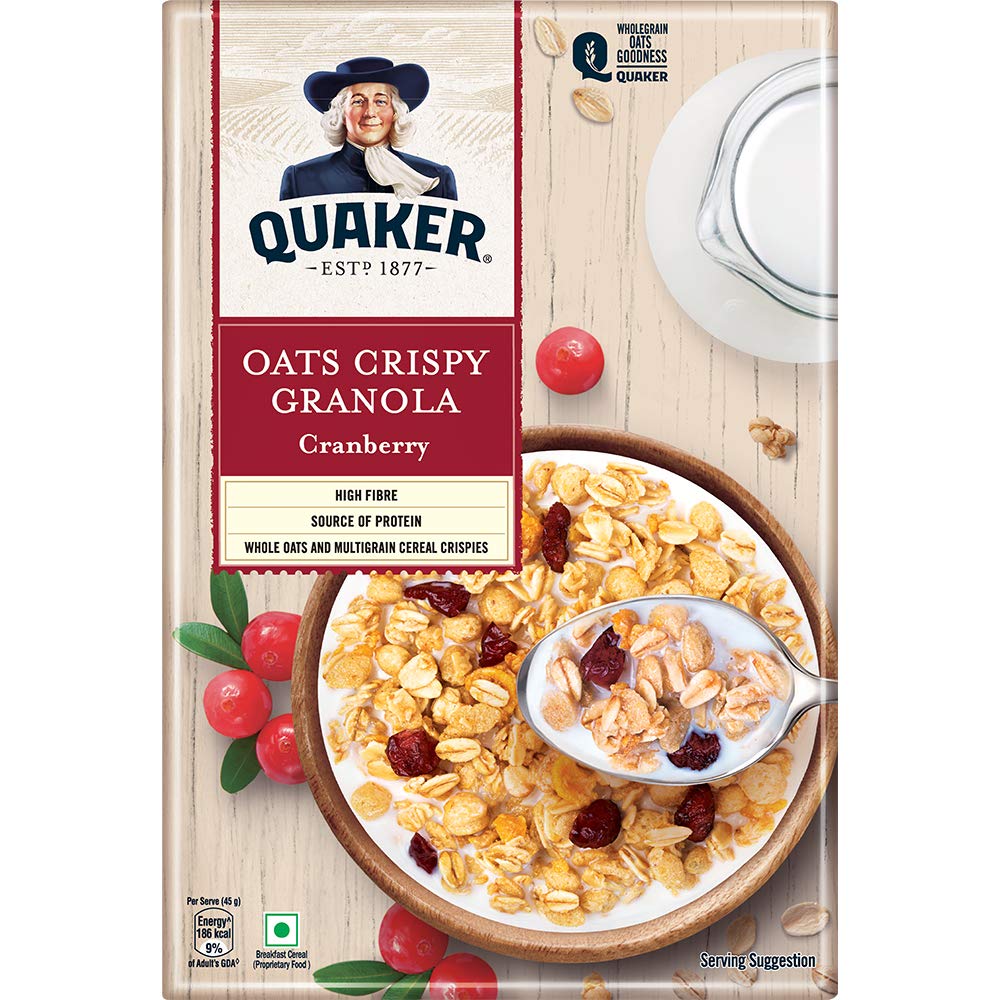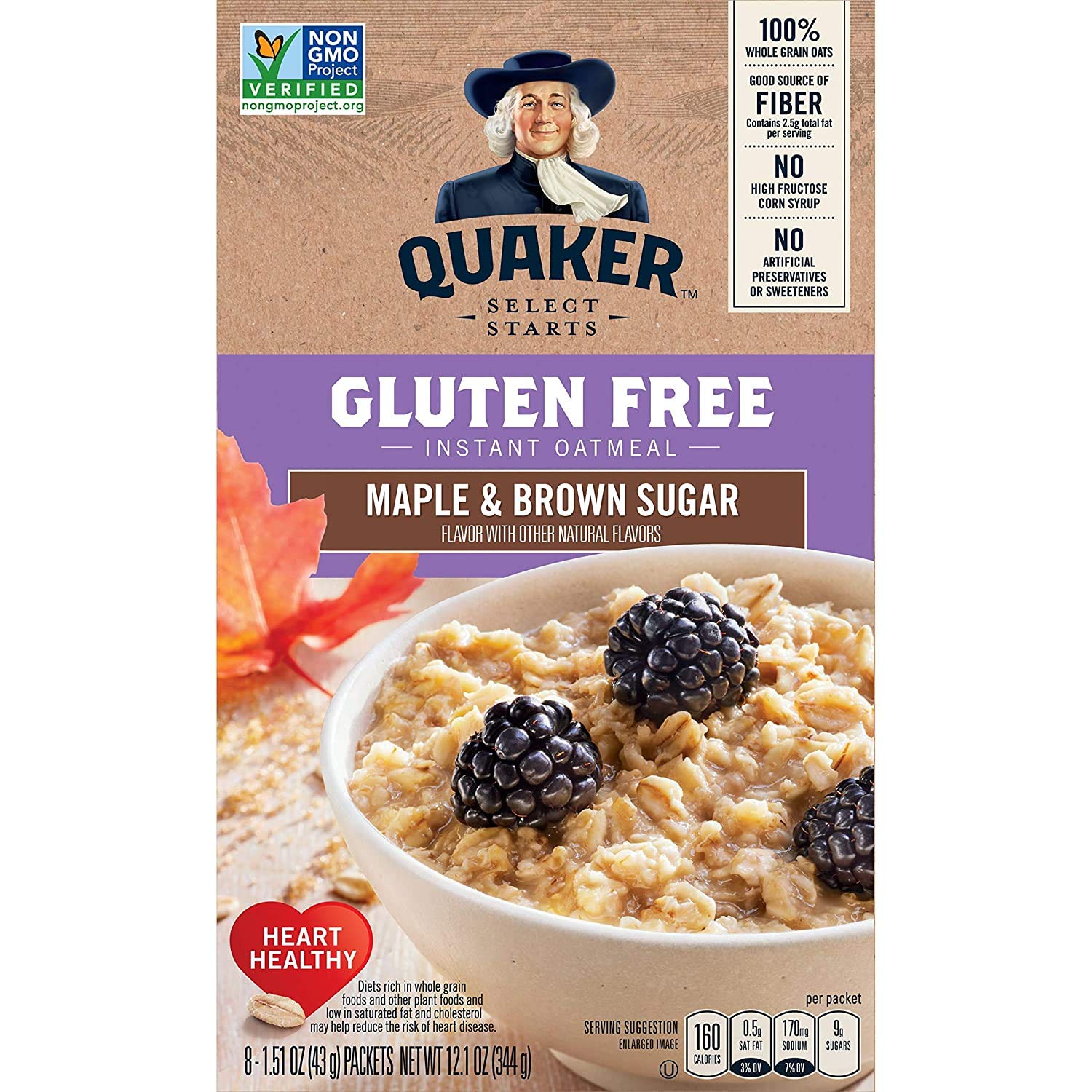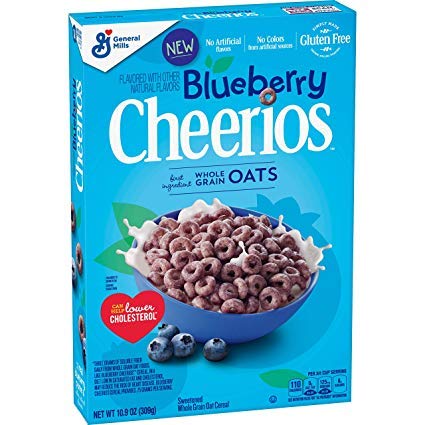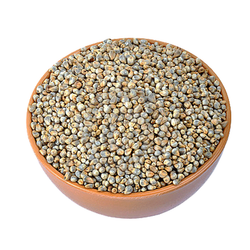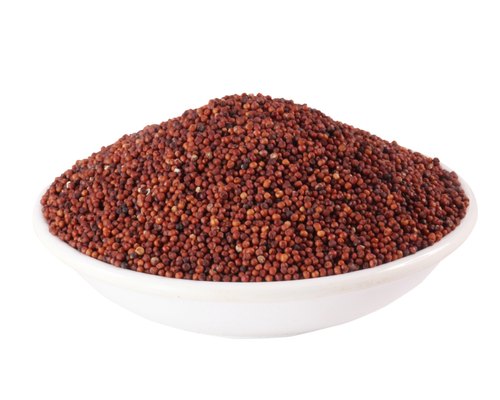Phosphorus
Micronutrient
Last update date: November 07, 2023
Phosphorus helps in bone and teeth formation. It also contributes to how the body utilizes carbohydrates and fats. Aids in muscle recovery & contraction.
Frequently Asked Questions
1.
What is Phosphorus?
Phosphorus, the second most abundant mineral in the body after calcium, plays a crucial role in maintaining strong bones and teeth. Working hand in hand with calcium, phosphorus contributes to their structural integrity. Around 85% of the body's phosphorus resides in bones and teeth, while smaller amounts are found in cells and tissues throughout the body. Phosphorus aids in kidney function by filtering waste and is vital for energy storage and utilization. Additionally, it assists in alleviating muscle pain post-workout, promoting better recovery.
2.
What does phosphorus do in your body?
Phosphorus offers a range of health benefits as it influences multiple systems within the human body. Here are some key advantages of phosphorus: Supporting the strength of bones and teeth: Phosphorus is essential for maintaining the structural integrity of bones and teeth, promoting their strength and durability. Assisting muscle contraction: Phosphorus plays a crucial role in muscle contraction, enabling smooth movement and facilitating physical activities. Aiding muscle recovery after exercise: Phosphorus helps in the recovery process of muscles post-exercise, allowing them to heal and regain strength. Filtering and eliminating waste from the kidneys: Phosphorus assists the kidneys in removing waste products from the bloodstream, supporting proper renal function. Promoting healthy nerve conduction: Phosphorus is vital for the conduction of nerve impulses throughout the body, facilitating efficient communication between the brain and other body parts.
3.
What is the most common side effect of phosphorus?
Excessive intake of phosphorus can lead to certain negative effects on the body. These may include: Nausea and vomiting: Consuming excessive phosphorus can cause feelings of nausea and lead to vomiting in some individuals. Diarrhea: Excessive phosphorus intake may result in diarrhea, characterized by loose and watery stools. Stomach pain or upset: Some individuals may experience stomach pain or discomfort due to excessive phosphorus consumption. Increased thirst: Elevated phosphorus levels can contribute to increased thirst and the need for frequent hydration. Bone, joint, or muscle pain: Excessive phosphorus intake might cause discomfort in bones, joints, or muscles, leading to pain or stiffness.
4.
Who should avoid Phosphorus?
Individuals with specific health conditions should be cautious about their phosphorus intake. It is advisable for people with chronic kidney disease or impaired kidney function to monitor their phosphorus consumption. In such cases, high levels of phosphorus in the bloodstream can further strain the kidneys and disrupt their function. Consulting a healthcare professional or registered dietitian can provide personalized guidance regarding phosphorus intake for individuals with kidney-related concerns.
5.
What are common sources of Phosphorus?
Phosphorus can be obtained from various food sources. Here are some common dietary sources rich in phosphorus: Protein-rich foods: Meats (such as chicken, beef, and pork), poultry, fish, eggs, dairy products (like milk, cheese, and yogurt), nuts, and legumes are excellent sources of phosphorus. Whole grains: Foods like whole wheat, brown rice, oatmeal, and whole-grain bread contain phosphorus. Hard potatoes: Consuming potatoes with their skin on provides a good amount of phosphorus. Dried fruit: Raisins, dates, prunes, and other dried fruits offer phosphorus along with other nutrients. Garlic cloves: Garlic, known for its flavor and health benefits, also contains phosphorus.
6.
What are the symptoms of phosphorus deficiency?
Some common symptoms in phosphorus deficiency: anxiety fatigue irregular breathing irritability joint stiffness




